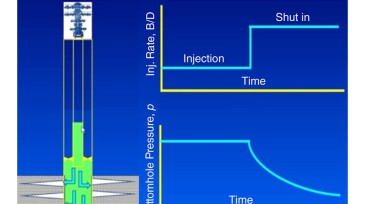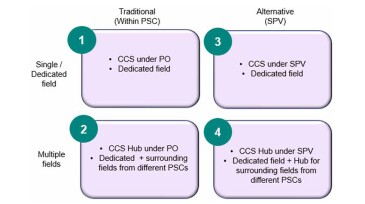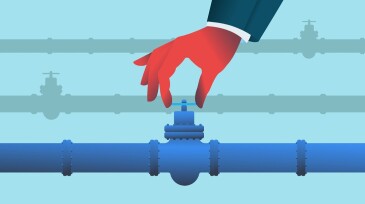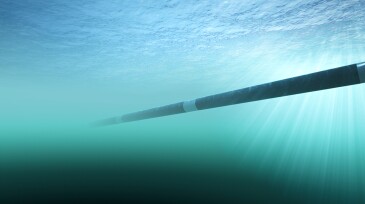CO2
-
This paper presents a case study on injectivity tests to prove the concept of carbon capture, use, and sequestration capability, describing the design of surface and downhole testing systems, lessons learned, and recommendations.
-
This study compares, in a carbon capture and storage (CCS) context, the economics of a traditional business model vs. an alternative business model (a regional CCS hub separately managed by a special-purpose vehicle).
-
The captured carbon dioxide will be permanently sequestered in the Cameron Parish CO2 Hub to be located offshore Louisiana.
-
In the US, localized opposition and regulatory uncertainty are threatening to kill or severely limit the use of carbon capture, use, and storage (CCUS) in the fight against climate change.
-
As money pours into the space, questions arise about whether the method of removing carbon from the atmosphere is the best investment.
-
Oxy’s 1PointFive subsidiary and ADNOC plan to assess the feasibility of building the first megaton-scale DAC facility outside of the US.
-
Meeting the energy demands of today while advancing a lower-carbon energy future requires policy support, innovative approaches, capital investments, and time.
-
This paper presents a discussion of main concepts, challenges, and opportunities relating to subsea system design for CO2 injection in carbon capture and sequestration applications.
-
ExxonMobil will soon own the only company with an interstate pipeline carrying captured carbon dioxide to storage sites.
-
This paper describes the material selection methodology and corrosion studies performed in a CO2 sequestration project to optimize well costs and improve overall project economics without jeopardizing the CO2-injector-well integrity.










